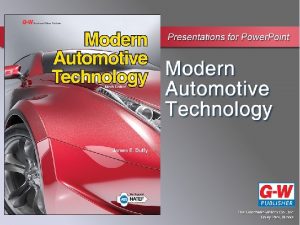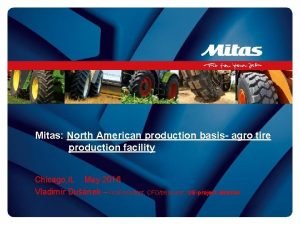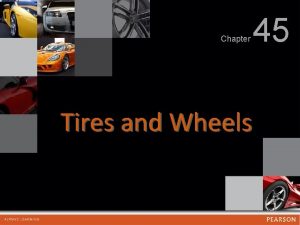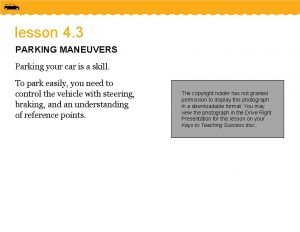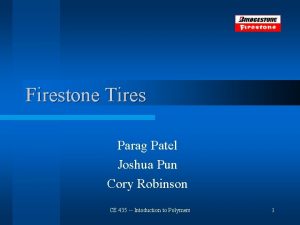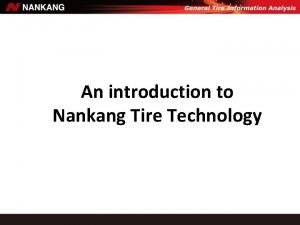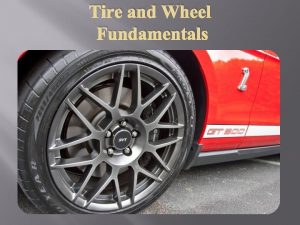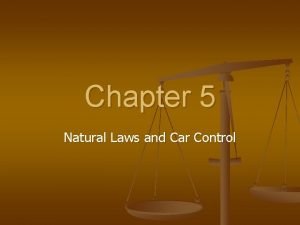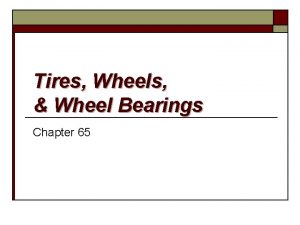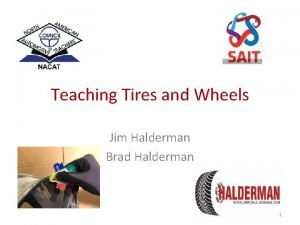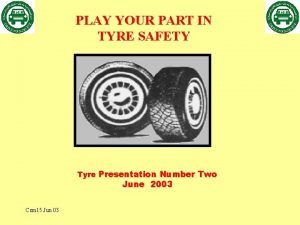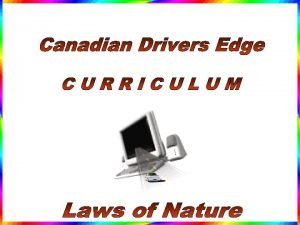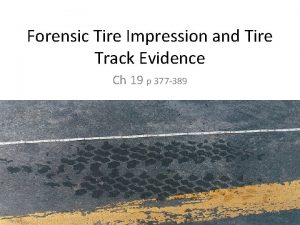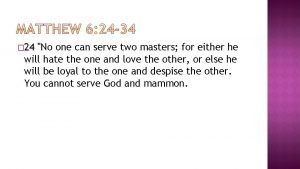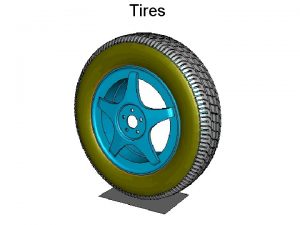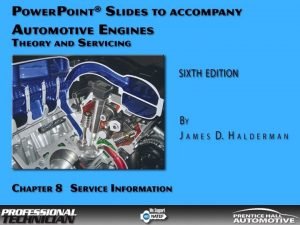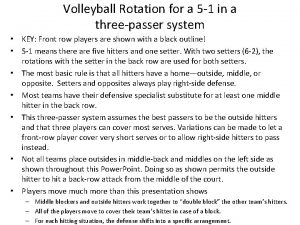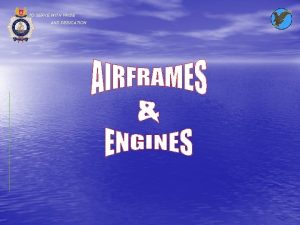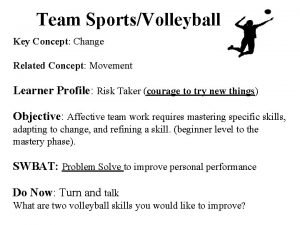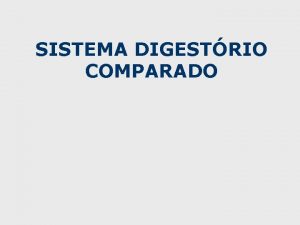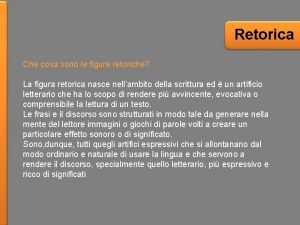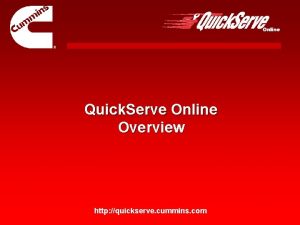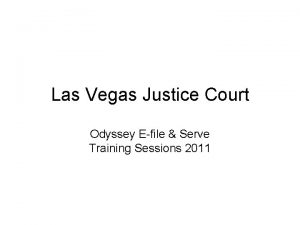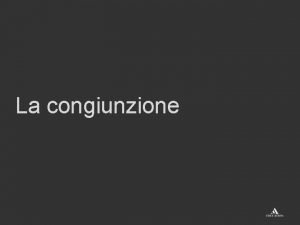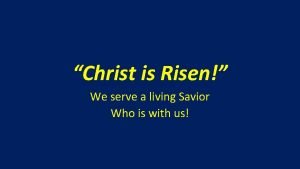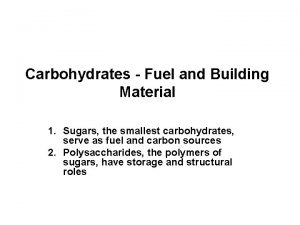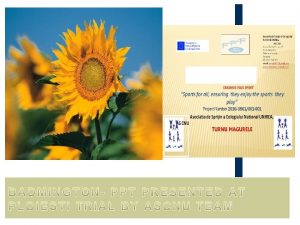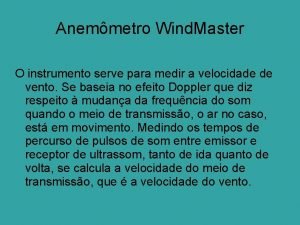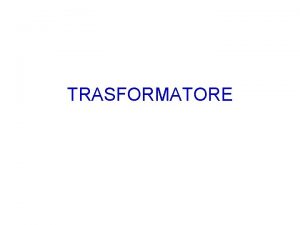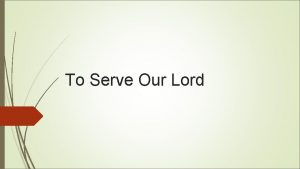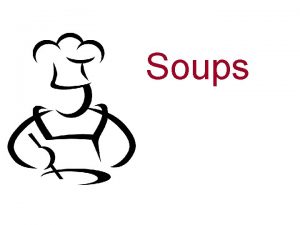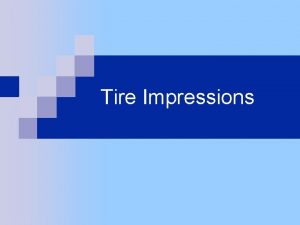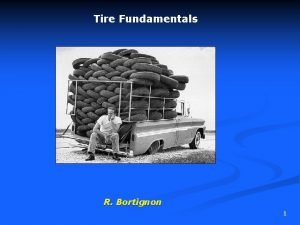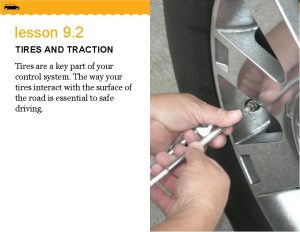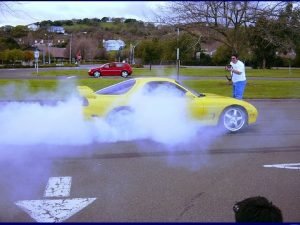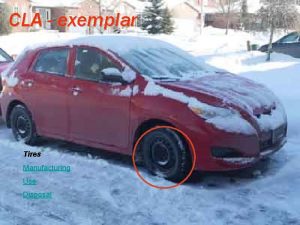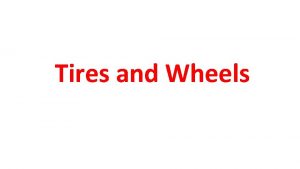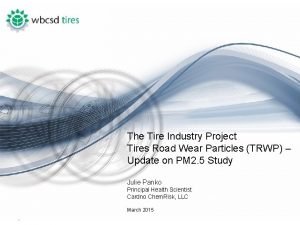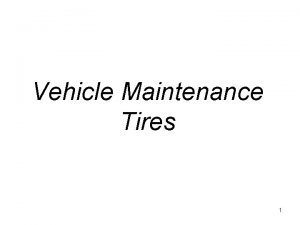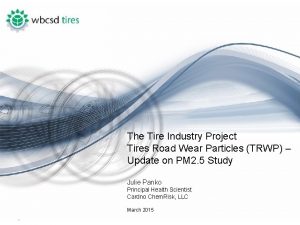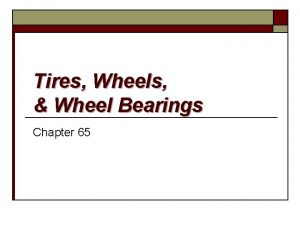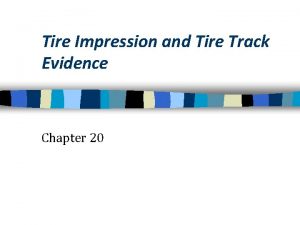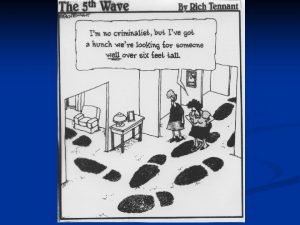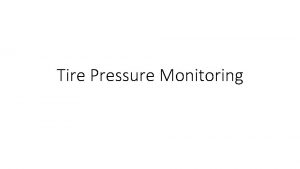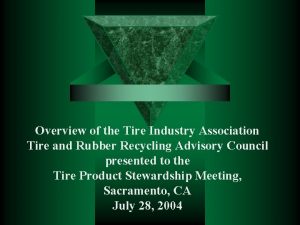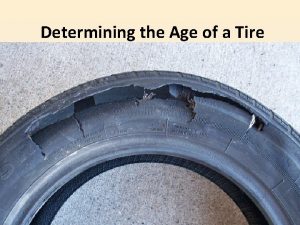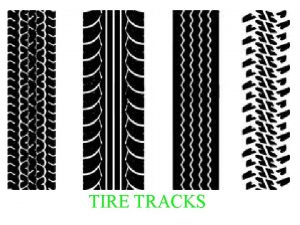Tire Fundamentals 1 Tire Function Tires serve two















































- Slides: 47

Tire Fundamentals 1

Tire Function ØTires serve two basic functions. ØProvide cushion between and the road and the metal wheel. ØProvide adequate traction (friction) with the road surface 2

Tires Manufacturers Ø There are many different tire manufacturers. Ø How many do you recognize? 3

The Parts of a Tire ØTread ØSidewall ØBody Plies ØSteel Belts ØLiner ØBeads 4

Reading the Sidewall 5

Tire Manufacturers & Models Ø Tire manufacturers are the companies that make the tires Ø Tire models are the different types of tires that company produces E. g. Tire manufacturer = TOYO Tire Model = PROXES T 1 -S 6

Tire ‘Codes’ or ‘Sizes’ 7

Tire Type ØP-Metric System ØLetter designates tire type: ü “P” Passenger tire ü “LT” Light truck tire ü “C” Commercial tire ü “T” Temporary/spare tire 8

Tire Width Ø Tread width in millimetres Ø This tire’s width would be 235 mm 9

Aspect Ratio Ø Ø Tire height-to-width ratio Aspect ratio = 75 Sidewall height is 75% of the tire width Aspect ratio of this tire is 235 mm X 75% = 176 mm tall sidewall 10

Construction Ø“R” designates the tire is a radial tire Ø Radial tires have plies that go from bead to bead 11

Rim Diameter Ø Rim diameter is given in inches § 13 = 13” § 14 = 14” § 15 = 15” etc. 12

Load Index Ø 2 -digit # that determines the tire’s maximum load carrying capacity Ø 82 Load Index = 1047 lbs 13

Speed Rating Ø Maximum allowable road speed a tire can safely withstand without failure Ø Letter system Ø For Example “H” Speed Symbol = 130 mph 14

Lamborghini Gallardo 15

Mud and Snow Rating Ø M+S indicates the tire can be used in mud and snow applications Ø All season tires should not be used in snowy conditions unless they have the mountain snowflake symbol 16

Treadwear Rating Ø Treadwear is given as a number Ø The higher the number, the longer the tire will last Ø 100 = Baseline Ø More than 100 = Better Ø Less than 100 = Poorer ØIf it does not say, it is under 100 17

Traction Rating Ø Traction is given as an A, B, or C rating A = best traction B = intermediate traction C = acceptable traction 18

Temperature Rating Ø Temperature is also given as an A, B, or C rating A = best B = intermediate C = acceptable Ø The higher the rating the more resistant to temperature build-up Ø The more a tire heats up, the quicker it wears 19

Department of Transportation # Ø Also known as the DOT # Ø The DOT # identifies: Ø Manufacturer of tire Ø Plant location Ø Construction Ø Date of manufacturer Ø Used for warranties, recalls, etc. 20

Maximum Load Rating Ø The amount of weight a tire can carry at the recommended air pressure Ø E. g. 1300 lbs Ø Are the tires needed for a minivan or delivery van? Ø Don’t do what this person did! 21

Air Pressure (Lab) Ø Checking air pressure is important ØPressure ØPounds Per Square inch (PSI) Ø Benefits of correct air pressure are: Ø tires last longer Ø save fuel Ø better handling 22

Inflation Problems Excessive wear on outer tread ü Tread wears evenly Excessive wear in middle of tread 23

The tire information sticker is called a placard , it is located on the door post, in the glove box or on the gas tank door. The placard indicates the correct tire size & cold tire pressure. 24

When do tires need replacing? 2/32” Ø A tire is completely worn out when the tread-depth is 2/32” or less Ø An American penny will work as an accurate gauge Ø The distance between the side of the penny and Lincoln’s hair is exactly 2/32” ØWear Bars (Built in gauges) 25

Tire Worksheet (Lab) Ø Pair up with a partner Ø Fill out Tire Worksheet Ø It is one of your mandatory labs! Ø You can inspect your own car or shop car 26

Tire Wear: Things to think about… Weight Braking Steering Tires with ‘drive’ 27

When tires need replacing We remove the tire Replace it Balance the new tire DEMO TIME!! 28

29

Camber Can improve handling Negative: the top leans in Positive: The top leans out 30

Caster Positive: Stability Straight travel 31

Tire Rotation and Flat Tire Lab Ø Pair up with partner Ø Fill out the Lab Ø You may work on your own car or a shop car Ø Get permission before using the hoist or Jack! 32

Movie! 33

Roadside Repair VS Full Shop Watch for differences between a ‘side of the highway’ job and a proper job Ø Get home and properly fix things 34

Roadside Tire Changing – Step 1 Ø Park away from traffic. ØPut the parking brake on and chock the wheels Ø If the wheel has a wheel cover, pry it with the flat end of the tire iron. ØNOTE: not all need prying 35

Roadside Tire Changing – Step 2 Ø Break the lug nuts loose by turning them counter-clockwise. Ø If the nuts won’t loosen, carefully use extra force by standing on the lug wrench. 36

Roadside Tire Changing – Step 3 Ø Refer to the car’s owner manual for jack position. Ø Newer cars have indentations in the rocker panel for where the jack goes. 37

Roadside Tire Changing – Step 4 Jack up the car. 38

Roadside Tire Changing – Step 5 Ø Once the tire is up off the ground, remove the lug nuts. Ø Put the loose nuts in a safe place such as inside the wheel cover. 39

Roadside Tire Changing – Step 6 Ø Remove the flat tire. 40

Roadside Tire Changing – Step 7 Ø Lift the spare onto the wheel studs. Ø Next, thread on the lug nuts by hand. q Remember: Pointed end in first. 41

Roadside Tire Changing – Step 8 Ø Using the tire iron, tighten the lug nuts in an "X" pattern. Ø This secures the wheel to the hub evenly. 42

Roadside Tire Changing – Step 9 ØLower the vehicle, remove the jack and tighten the nuts. Ø Remember most spares are only temporary. Ø Do not exceed speeds of 50 km per hour on spare. 43

Differences? Torque wrench Wheel chock Solid ground Concrete vs Ashfault Safety Glasses! PPE! ex. Cover-alls 44

Flat Tire Lab Ø Use your own vehicle. Ø By yourself or only one partner. Ø No tools from the shop allowed. Ø Use only what is in your trunk. 45

Tire Rotation (Lab) RWD Ø Ensures maximum tire life FWD Ø Evens out tire wear Ø Tires should be rotated every 5, 000 kms 4 x 4 46

Ideas For Labs Flat Tire Lab Tire Change Tire Rotation Using the Hoist Tire Data Lab Tire pressure Lab (1 p) 47
 Tire wheel and wheel bearing fundamentals
Tire wheel and wheel bearing fundamentals Tire wheel and wheel bearing fundamentals
Tire wheel and wheel bearing fundamentals Mitas tires north america inc
Mitas tires north america inc 45 tires and wheels
45 tires and wheels Parking uphill without curb
Parking uphill without curb Cory parag
Cory parag Nankang dot code
Nankang dot code A small sports car collides head on
A small sports car collides head on Tubeless tires
Tubeless tires Os tires
Os tires What improvements have been made to kevlar
What improvements have been made to kevlar When tires are underinflated, it leads to ______.
When tires are underinflated, it leads to ______. Which type of muscle tires quickly during exercise
Which type of muscle tires quickly during exercise Stiff sidewall tires
Stiff sidewall tires What is rotating tires mean
What is rotating tires mean 205r80 12 tires
205r80 12 tires Friction is ______ if your tires are under-inflated
Friction is ______ if your tires are under-inflated Tire forensic examinations
Tire forensic examinations No man can serve two masters
No man can serve two masters What are two basic functions of a tire
What are two basic functions of a tire Two technicians are discussing tire rotation
Two technicians are discussing tire rotation We serve a risen saviour
We serve a risen saviour Volleyball positions and rotations
Volleyball positions and rotations To serve with pride
To serve with pride Line judge volleyball signals
Line judge volleyball signals Coledaco
Coledaco Anafora scuola primaria
Anafora scuola primaria Quickserve cummins com
Quickserve cummins com We are called to serve one another
We are called to serve one another Phil 4:3
Phil 4:3 Il ragazzo che serve la messa
Il ragazzo che serve la messa Devour up my discourse
Devour up my discourse Help ever hurt never meaning in tamil
Help ever hurt never meaning in tamil Odyssey efile nv
Odyssey efile nv Congiunzioni subordinanti
Congiunzioni subordinanti It's your serve
It's your serve We serve a living savior
We serve a living savior Serve as fuel and building material
Serve as fuel and building material Tennis serve biomechanics
Tennis serve biomechanics Backhand serve badminton
Backhand serve badminton Overview of badminton
Overview of badminton Anemômetro para que serve
Anemômetro para que serve Prova a vuoto trasformatore monofase
Prova a vuoto trasformatore monofase Samurai to serve
Samurai to serve Mucinex dm para que serve
Mucinex dm para que serve Soup riddle
Soup riddle What is a riddle
What is a riddle A cosa serve pregare
A cosa serve pregare

